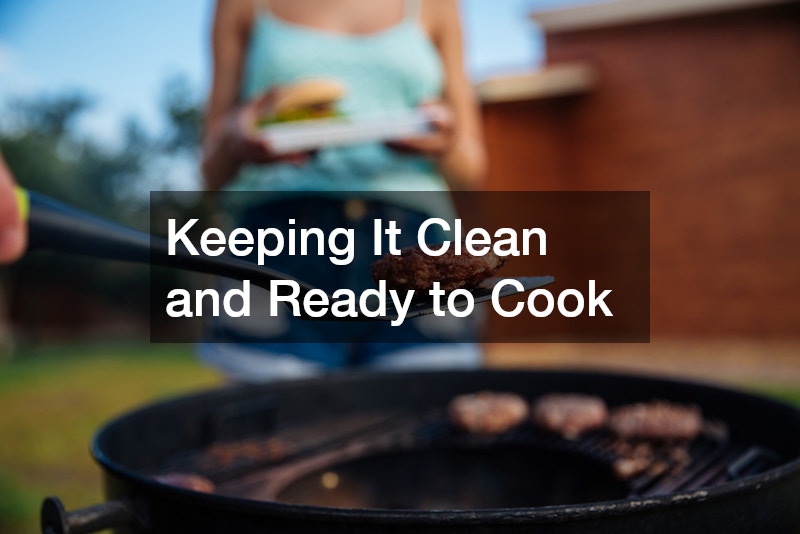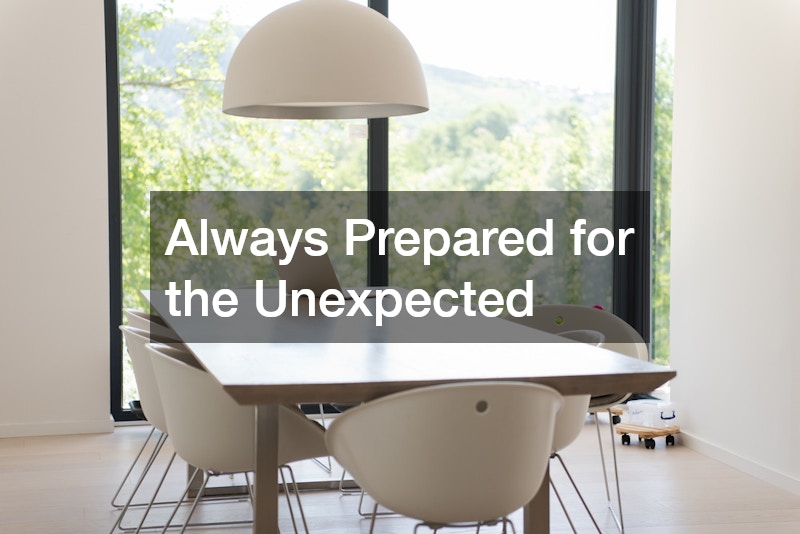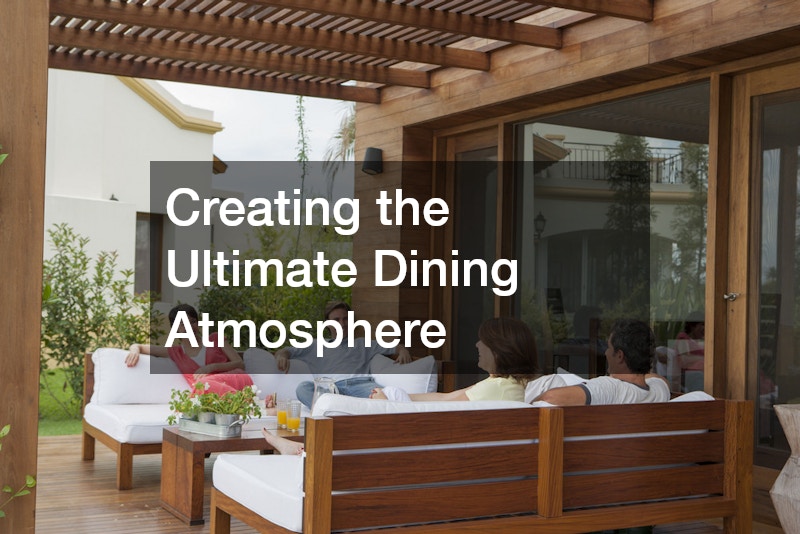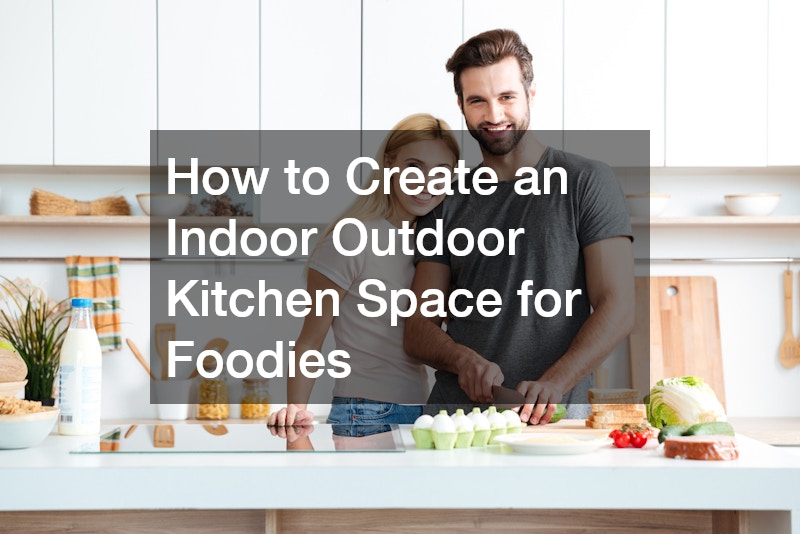For true food lovers, the kitchen is more than a place to prepare meals—it’s a sanctuary of creativity, flavor, and connection. Imagine extending that sanctuary beyond your walls, where the scent of herbs and sizzling dishes meets the open air, and where the hum of conversation mingles with the natural sounds of your garden or patio. An indoor outdoor kitchen space gives foodies the freedom to blend culinary passion with the tranquility of nature, creating a setting that is as inspiring as it is functional. This type of kitchen isn’t just about cooking—it’s about creating experiences that delight all the senses. Whether it’s a weekend brunch under soft sunlight, an afternoon of experimenting with new recipes, or a lively evening of grilling and cocktails with friends and family, it offers a versatile setting for entertaining, learning, and savoring good food. These spaces encourage creativity, allowing you to try new cooking techniques, host themed dinners, or even teach others your culinary secrets in an environment that feels fresh and invigorating.
The design of an indoor outdoor kitchen requires a balance of practicality and personality. Every element—from the flow of space to the choice of materials, lighting, and furniture—affects how well the two areas connect and how seamlessly you can move between them. It’s about ensuring that your indoor kitchen transitions effortlessly to your outdoor dining area, maintaining the same level of comfort, accessibility, and function. For foodies, this setup means fewer limitations and more inspiration, transforming everyday cooking into an event. It also offers the opportunity to bring the natural environment into your culinary practice, whether through garden-fresh ingredients, fragrant herbs, or simply the calming effect of open air. In this guide, we’ll explore how to plan, design, and enjoy an indoor outdoor kitchen space that reflects your love for food and entertaining, while achieving a cohesive, functional design that feels like home both inside and out, and makes every meal a memorable experience.
1. Blending Functionality and Style

When you’re designing an indoor outdoor kitchen, one of the most important aspects is choosing the right surfaces that can handle the shift between environments. Durable, attractive countertops are essential for creating a workspace that is both practical and inviting. The best surfaces are those that resist heat, moisture, and weathering while complementing your indoor kitchen’s aesthetic. Quartz, granite, or concrete can bridge the gap beautifully between the indoors and outdoors. Think about how the countertop colors, patterns, and finishes reflect your overall design scheme. This continuity helps make the transition between spaces seamless. A unified surface creates a sense of flow, making both areas feel like one large, functional cooking and dining destination.
2. Lighting That Sets the Mood
Lighting transforms an indoor outdoor kitchen from ordinary to extraordinary. When you’re mapping out illumination, think in layers: ambient, task, and accent lighting all play vital roles. Indoors, pendant lighting above the island or task lights under cabinets add warmth and clarity. Outdoors, soft string lights or lanterns create an inviting glow. During kitchen remodeling, it’s smart to plan for consistent lighting aesthetics between both spaces. This ensures the transition from interior to exterior feels natural and cohesive. Dimmer switches can allow you to adjust the mood, whether you’re prepping dinner or enjoying an intimate meal. Proper lighting makes your kitchen more functional and gives it a sophisticated charm that fits perfectly with your foodie lifestyle.
3. Plumbing for the Perfect Prep Zone
Water access is essential for an efficient indoor outdoor kitchen. Inside, you likely have everything you need, but outdoors, planning for a sink or wet bar area can make a world of difference. That’s where skilled plumbers come in, ensuring proper installation and drainage to support your cooking setup. Whether you’re rinsing vegetables from your garden or filling pots for pasta al fresco, having a dedicated water source outside saves time and improves functionality. A well-placed sink also minimizes trips back inside, keeping your focus on the meal and the moment. Thoughtful plumbing design ensures your kitchen operates smoothly, allowing food preparation and cleanup to stay effortless no matter where you cook.
4. Keeping It Clean and Ready to Cook

Food enthusiasts know that maintaining a clean cooking environment is key to creating great meals. While cleaning surfaces and utensils is routine, outdoor kitchens require additional care—especially if you do any frying or grilling. Scheduling regular cooking oil tank cleaning ensures your equipment remains safe, efficient, and odor-free. Outdoor setups often use fryers or grills that accumulate oil residue, which can affect performance and even attract pests. Proper maintenance keeps your setup hygienic, extending the lifespan of your cooking tools. For indoor and outdoor spaces alike, cleanliness and organization contribute to a smoother culinary experience. Foodies can focus on the joy of cooking when their space is spotless, functional, and always ready for use.
5. Powering the Perfect Kitchen
Electricity is the heartbeat of a modern kitchen, powering everything from refrigerators to mood lighting. When extending your kitchen outdoors, working with an experienced electrician ensures safety and reliability. Outdoor outlets, lighting systems, and built-in appliances must be weatherproof and properly grounded. You’ll also want to consider where your electrical lines run, so cords and fixtures don’t disrupt the beauty of your layout. Indoors, upgrading your electrical capacity can support new appliances like dual ovens or warming drawers that make cooking for a crowd easier. Whether you’re blending a smoothie inside or grilling outside, a dependable electrical setup helps maintain a consistent, enjoyable cooking experience across your indoor outdoor kitchen space.
6. Designing the Flow of Movement
Movement and accessibility define a successful indoor outdoor kitchen. The goal is to create an intuitive pathway between indoor prep zones, cooking stations, and outdoor dining areas. Open-concept layouts, sliding doors, and transitional flooring materials make the flow effortless. Think about how you carry ingredients, plates, and drinks between spaces—wide walkways, functional storage, and direct access help everything move smoothly. Design with hosting in mind: people tend to gather near food, so ensure there’s room for mingling without interrupting the chef. The best indoor outdoor kitchens encourage easy movement and a natural rhythm between cooking, serving, and socializing, making every meal feel like an event.
7. Always Prepared for the Unexpected

No foodie wants the fun to end because of a power outage. That’s why adding backup generators can be a game changer for your indoor outdoor kitchen space. These systems ensure your appliances keep running even when the grid goes down. A generator also keeps refrigerators, ovens, and outdoor lighting functioning during unpredictable weather, so your dinner plans remain intact. This reliability lets you focus on food and fun, not disruptions. Consider placement and noise control, integrating your generator discreetly into the outdoor design. For those who love hosting, it’s a small investment that guarantees convenience, consistency, and peace of mind year-round.
8. Expert Guidance in Kitchen Planning
Transforming your home to include a seamless indoor outdoor kitchen often calls for the expertise of remodeling contractors. These professionals can take your vision and turn it into a cohesive design, handling everything from structural changes to material selection. They understand how to integrate indoor comforts like cabinetry and appliances with outdoor durability. Their guidance can help you choose finishes that withstand weather and create a unified look throughout your space. With their expertise, your kitchen becomes more than a cooking area—it becomes a reflection of your personality and passion for food. Experienced contractors ensure your project flows smoothly, avoiding costly errors and maximizing both beauty and functionality.
9. Staying Comfortable Year-Round
One of the biggest challenges in creating an indoor outdoor kitchen is maintaining comfort in varying temperatures. A professional HVAC company can help regulate airflow and temperature, ensuring both spaces remain pleasant in any season. Indoors, proper ventilation prevents smoke and heat from lingering, while outdoors, strategically placed fans or heating elements extend usability into cooler months. This balance keeps guests comfortable and food preparation efficient. When planning, think beyond aesthetics—climate control plays a key role in making your kitchen usable year-round. With the right systems, you can grill on a snowy evening or serve cocktails on a summer afternoon without missing a beat.
10. Creating the Ultimate Dining Atmosphere

Designing an indoor outdoor kitchen is also about ambiance. Think about how sound, light, and scenery come together to create a welcoming environment. A well-designed outdoor dining space should feel like an extension of your indoor decor, not an afterthought. Use natural materials, comfortable seating, and plants to connect the spaces visually. Consider how the setting changes throughout the day—soft morning light, golden-hour warmth, or twinkling night lights can all influence your experience. The dining area becomes the heart of your gatherings, where laughter and good food meet open air and effortless elegance. It’s not just about cooking; it’s about creating memories in a space that feels alive and inspiring.
11. Durable Flooring for Easy Transitions
Flooring is one of the most overlooked yet vital elements of an indoor outdoor kitchen. It must handle both heavy foot traffic and weather exposure while maintaining an elegant look. Luxury vinyl plank installation is a popular choice for bridging the transition between the two areas. It offers durability, moisture resistance, and a range of designs that mimic natural wood or stone. Indoors, it adds warmth and comfort underfoot; outdoors, it can withstand changing temperatures and humidity. Consistent flooring makes the flow between spaces appear natural and polished, tying everything together. The right surface enhances both the beauty and practicality of your foodie-inspired kitchen oasis.
12. Extending Beauty Beyond the Walls
Once your indoor outdoor kitchen is complete, it’s time to focus on the surrounding landscape that enhances its atmosphere. Partnering with a skilled hardscaping company can help you craft an outdoor setting that complements your culinary space. Patios, fire pits, garden walls, and walkways all contribute to the overall experience. These elements make your outdoor kitchen feel grounded and intentional rather than just an add-on. When designed thoughtfully, the hardscape directs movement, defines zones, and adds visual appeal. It’s where functionality meets art—an inviting outdoor environment that harmonizes with your kitchen’s design. Imagine dining under the stars surrounded by elegant stonework, lush greenery, and the sounds of nature—it’s a dream setting for any foodie who values beauty as much as flavor.
Creating an indoor outdoor kitchen space for foodies is about more than just extending your home—it’s about enhancing your lifestyle. It invites you to cook, connect, and celebrate in an environment that unites the comfort of indoor living with the freedom of the outdoors. By combining smart design with thoughtful details, you can create a space that functions beautifully and looks stunning in every season. Whether it’s selecting durable materials, ensuring proper ventilation, or integrating lighting that sets the perfect mood, every element contributes to the joy of cooking and entertaining.
The key to success lies in balance. This space should feel cohesive and intuitive, with a seamless transition from preparation to presentation. Surround yourself with materials that withstand nature, technology that simplifies cooking, and design choices that express your personal style. With the right planning and professional guidance, your indoor outdoor kitchen can become the heart of your home—where culinary creativity thrives, and every meal becomes a celebration. For passionate foodies, it’s the ultimate fusion of function, beauty, and the great outdoors—a place where every dish tells a story, and every gathering feels timeless.
Beyond functionality, an indoor outdoor kitchen enhances the way you experience your home. It encourages connection, bringing friends and family together in a space that is lively yet comfortable. From casual breakfasts in the morning sunlight to elegant evening dinners under softly glowing lights, it transforms ordinary meals into memorable events. Thoughtful design can also increase the value of your home, as potential buyers increasingly seek versatile, multi-functional living spaces. Every detail—from seating arrangements and countertops to lighting, flooring, and climate control—plays a role in creating a space that is both practical and visually stunning. A well-planned kitchen empowers you to experiment with recipes, host celebrations, and even teach culinary skills, all in a setting that inspires creativity. Ultimately, an indoor outdoor kitchen is not just a renovation; it’s an investment in a lifestyle that celebrates food, fellowship, and the joys of living fully, every day.

